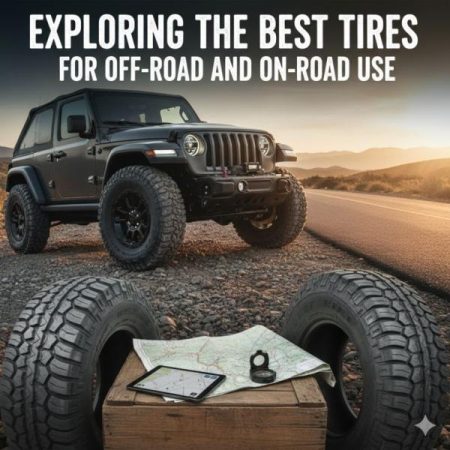Have you looked at your tires, have you seen? There are distinctive patterns for drives like you’ve never been. Tire tread patterns aren’t just for aesthetic purposes. Manufacturers made the various lines and cuts along the rubber to increase grip, traction, and overall functionality. Tires deemed “asymmetrical,” “symmetrical,” “directional,” and “all-weather” each gain their classifications because of the tread pattern they have. Most brands of tires use a variety of tread patterns depending on the different tire lines they produce. These patterns are carefully designed to serve different functions, and these specializations classify tires into different categories. To know these patterns is vital to know which works best for you and your vehicle.
Tire Tread Patterns Explained
The tire tread patterns allow you to survive accidents, slippery roads, and all manner of terrain and weather conditions. They were designed to allow tires to dig into any terrain surface for better grip, such as when driving on dirt, mud, sand, or snow. They also displace water so that the tire and the road maintain contact in order to avoid hydroplaning. Tire tread patterns are important for facilitating better handling and safer driving.
Three primary tire tread pattern types:
Asymmetrical Tread Patterns
- Deliver optimized braking and handling in both wet and dry conditions
- Easily noticeable due to two different designs on either side of the tire
- Each side serves a different purpose (inner side pattern is for repelling water, outer side pattern is more rigid for better grip)
- Generally have exceptional hydroplane resistance
- Produce less noise compared to symmetrical or multidirectional tires because of the pattern design
- Wear evenly
Directional Tread Patterns
- Are designed for one specific rotational direction only
- Deliver excellent directional stability and wet weather performance
- Easily noticeable due to the typical v-shaped or arrowhead pattern
- Help with fuel economy due to less rolling resistance
- Provide extra traction (best for professional performance cars)
Symmetrical or Multidirectional Tread Patterns
- Are the most common tire tread patterns you can find
- Can be less efficient in wet weather conditions
- Have good overall performance characteristics
- Offer total flexibility when rotating tires around
Just as tires are engineered with a particular type of performance in mind, specific tire tread types and patterns match each kind of intended performance. For example, certain tire tread types and patterns help vehicles ride rough weather and terrain conditions, turn tighter corners, accelerate more smoothly, and brake reliably. So for whatever type of performance you may want for your car, there’s a tire tread designed to help with that. You can drop by Triangle Tires Philippines via the website or shop for more of your tire wants and needs! Unfortunately, tire tread is something that most people take for granted. They may have a general idea that there are different tread patterns and depths, but they may not fully understand the tire tread function. Understanding the importance of tire tread and the different tread patterns will help people drive safely and comfortably.
Author’s Bio:

Frank is an energetic salesman. On his free days, he spends his time writing and reading about quality tires and vehicular parts. He says it’s because of his love for cars ever since he was a kid when his dad started teaching him about automotive parts.
For more articles Visit: Pitty Things Auto






